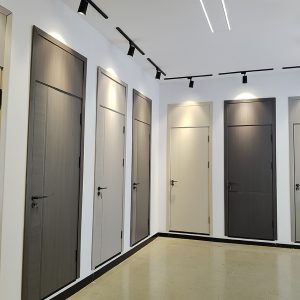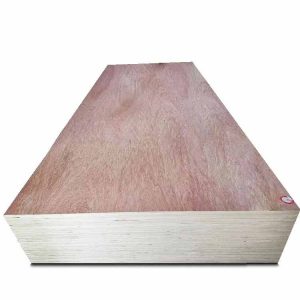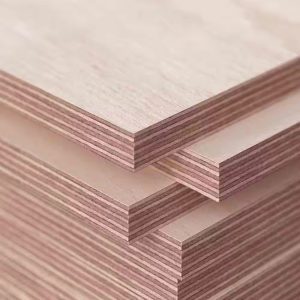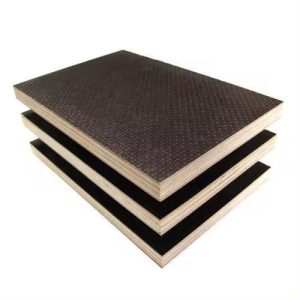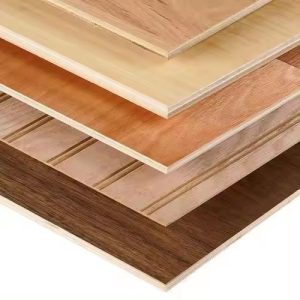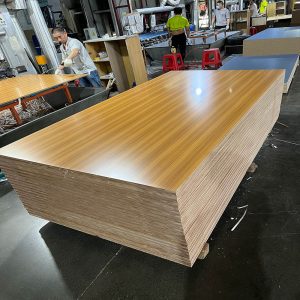**Introduction:**
Understanding the differences between acrylic and plywood is crucial for various construction, arts, and crafts projects. Both materials are widely used but serve different purposes due to their unique compositions and properties. This article delves into the distinct characteristics of acrylic and plywood, focusing on several types such as phenolic plywood, 3/4 plywood, formwork waterproof plywood, and shop grade birch plywood.
**Acrylic vs. Plywood: Basics**
Acrylic, often mistaken for glass or plastic, is a translucent, synthetic material known for its light weight, clarity, and strength. It’s commonly used in place of glass where safety or durability is required, such as in aquariums or protective barriers. Unlike acrylic, plywood is a type of engineered wood composed of three or more layers of veneer (thin slices of wood). Each layer is typically oriented with its grain perpendicular to adjacent layers for increased strength.

**Phenolic Plywood: A High-Performance Option**
Phenolic plywood stands out due to its water-resistant adhesives, which make it ideal for outdoor projects and moisture-prone areas. Its surface is smooth and can be painted or stained, offering both functionality and aesthetic appeal. Unlike acrylic, phenolic plywood’s strength lies in its resilience to environmental factors rather than transparency or impact resistance.
**3/4 Plywood: The Versatile Choice**
Often used for structural purposes, 3/4 plywood features a thickness that makes it suitable for subflooring, sheathing, and general construction tasks. Its composition varies, but it generally lacks the water resistance of phenolic plywood. Compared to acrylic, 3/4 plywood is opaque and less transparent, serving more as a building material than a decorative one.

**Formwork Waterproof Plywood: For Wet Conditions**
Specifically designed for use in concrete formwork, this type of plywood is treated to withstand prolonged exposure to water. Its waterproof nature distinguishes it from standard plywood and acrylic, making it indispensable in certain construction scenarios. While acrylic might be clearer and more resilient to impact, formwork waterproof plywood excels where water is involved.
**Shop Grade Birch Plywood: Elegance and Durability**
Birch plywood offers an attractive grain pattern suitable for high-end furniture or cabinetry. Shop grade quality ensures minimal defects, making the surface easier to finish. In contrast, while acrylic might provide greater transparency, it cannot match the natural beauty of birch plywood.

**Conclusion:**
The choice between acrylic and plywood depends largely on the project’s requirements. Acrylic brings transparency and impact resistance, whereas plywood varieties offer specific functionalities like water resistance (phenolic), structural support (3/4), specialized wet conditions use (formwork waterproof), and aesthetic appeal (shop grade birch). By understanding these differences, one can select the material that best fits their needs, ensuring both functionality and longevity in their projects.

